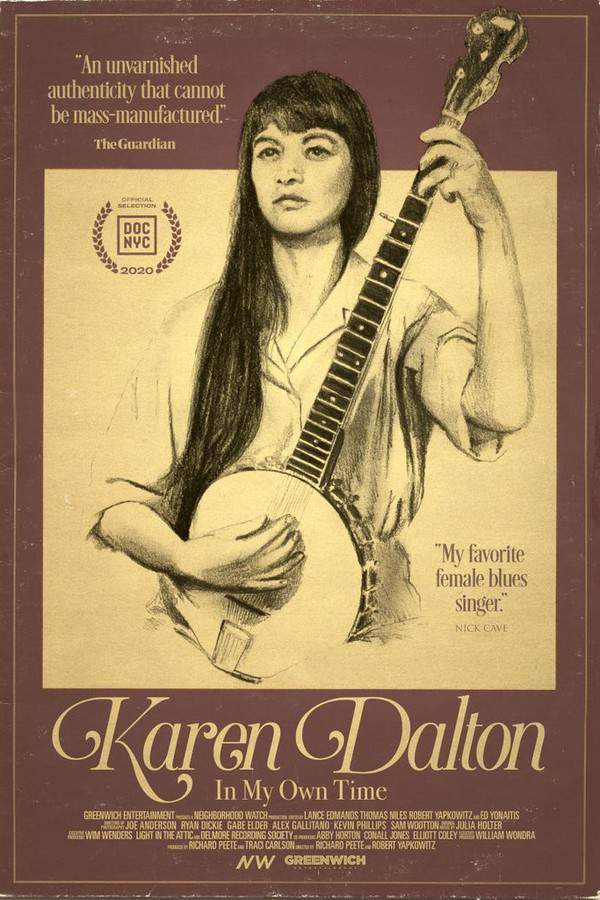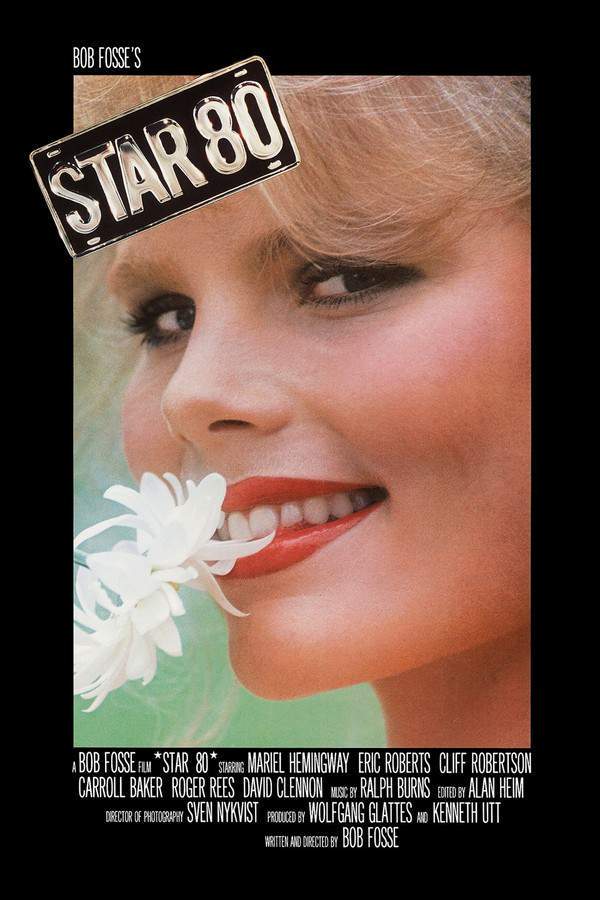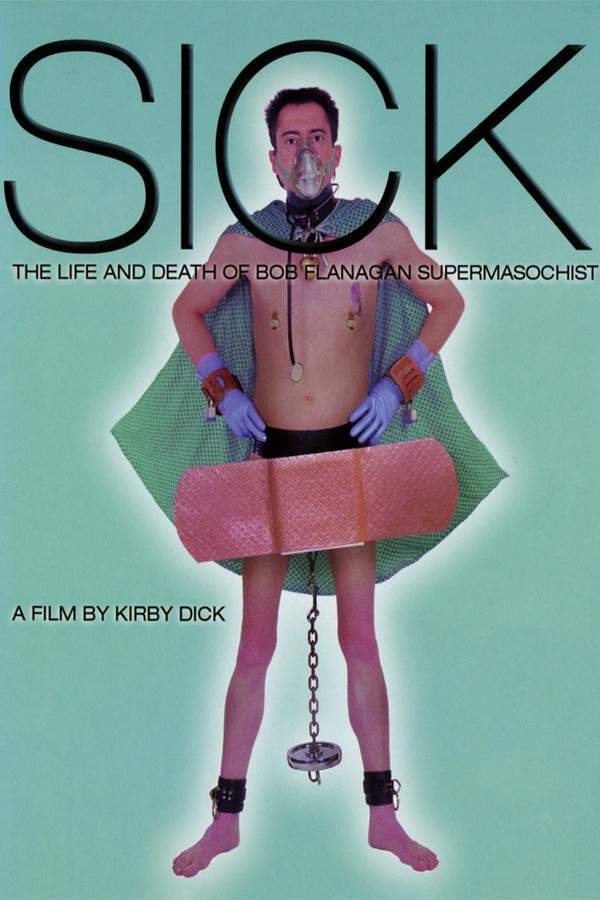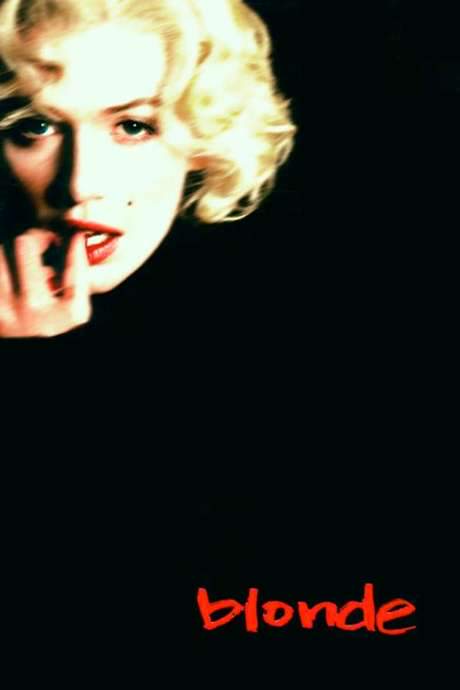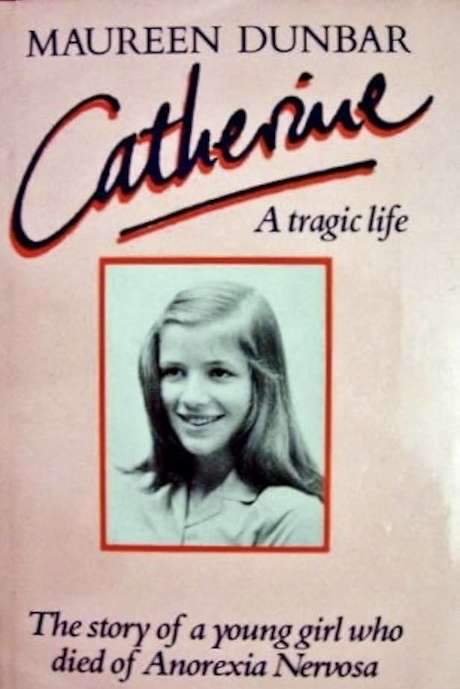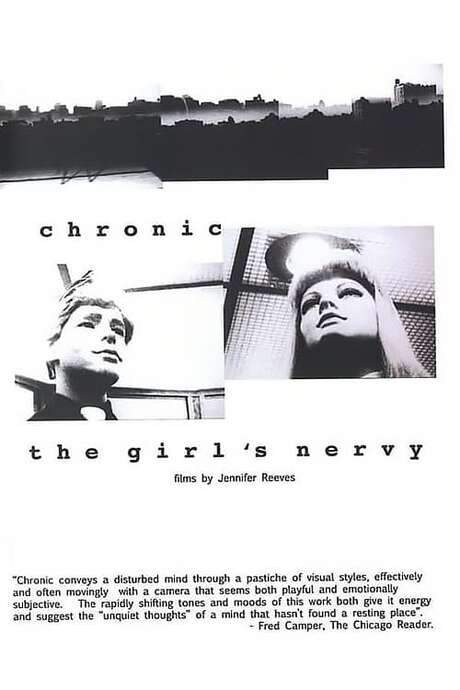
Superstar: The Karen Carpenter Story
Year: 1987
Runtime: 43 mins
Language: English
The final 17 years of American singer and musician Karen Carpenter, performed almost entirely by modified Barbie dolls.
Warning: spoilers below!
Haven’t seen Superstar: The Karen Carpenter Story yet? This summary contains major spoilers. Bookmark the page, watch the movie, and come back for the full breakdown. If you're ready, scroll on and relive the story!
Superstar: The Karen Carpenter Story (1987) – Full Plot Summary & Ending Explained
Read the complete plot breakdown of Superstar: The Karen Carpenter Story (1987), including all key story events, major twists, and the ending explained in detail. Discover what really happened—and what it all means.
Karen Carpenter’s life is presented as a quietly devastating arc, tracing her rise from a young singer to a national icon and, ultimately, to a heartbreaking end in 1983. The film unfolds through the perspective of Karen’s mother, Agnes, beginning in Downey, California, on February 4, 1983, when Agnes discovers Karen’s body in a closet. From that grim kickoff, the narrative slides back to 1966, charting the moments that defined Karen’s path: the duo’s signing with a major label, their meteoric early success, and the slow unraveling that followed. The story moves through Karen’s battle with anorexia nervosa, her 14-month marriage to Thomas Burris, a dramatic onstage collapse in Las Vegas, and her search for treatment as she tries to restart a faltering career. A troubling thread emerges around her use of syrup of ipecac, a practice that she didn’t fully understand would damage her heart and contribute to the cardiac arrest that ended her life.
Director Todd Haynes crafts the film with a bold, nearly experimental approach that shapes the entire experience. Rather than conventional performances, most characters are brought to life by modified Barbie dolls, with the Karen figure subtly losing features over time to symbolize the deepening illness. The sets—carefully scaled to the dolls—recreate key locations from Karen’s world: the Carpenter home in Downey, an apartment in Century City, intimate restaurants, and the studios where music was made. Even everyday props, like wine bottles and Ex-Lax boxes, are shrunk to match the doll-scale world, underscoring a sense of distortion that mirrors the protagonist’s fragility. The visual rhythm is punctuated by documentary-style inserts that present facts about anorexia and the era, along with blurred, distorted flashes that interrupt the flow as a form of stylistic commentary. The score blends an unofficial soundtrack loaded with era hits—Elton John and Kiki Dee, Captain & Tennille, Gilbert O’Sullivan, Leon Russell, and the Carpenters themselves—with eerie, experimental synthesizer motifs that mark moments of tension and inner turmoil.
The film is notably sympathetic to Karen, peeling back layers of care and vulnerability, while offering a more critical portrayal of other figures in Karen’s orbit. The portrayal of her parents—often depicted as controlling and focused on keeping Karen within the family home—moves the narrative toward a compassionate but unsettled view of the pressures she faced. The film hints at family tensions, including the perfectionist dynamic surrounding the Carpenters, and it uses dramatic scenes to suggest the emotional cost of such pressures. When Karen’s struggle comes to a head, a memorable moment captures a harsh confrontation where Richard yells, “What are you trying to do? Ruin both of our careers?” This line is presented within a larger tapestry of tension that the director threads throughout the film. > “What are you trying to do? Ruin both of our careers?”
Within this doll-driven world, the characters carry weight beyond their plastic exteriors. Karen Carpenter is voiced by Merrill Gruver, whose performance anchors the emotional core of the film. The project also features a cast of real-people figures wired into the narrative through archival and voice work: the Selfs of Richard Nixon and Ronald Reagan appear through archival footage to ground the era in its historical shadow, while the voice of Michael Edwards gives shape to the character of Richard, Karen’s brother who is portrayed as a forceful advocate of the family’s career ambitions. The film introduces a number of other voices and faces that expand the world: Cynthia Schneider voices [Dionne Warwick], a key figure whose presence adds further texture to the musical landscape of the time; Nannie Doyle brings Cherry Boone to life, a figure connected to the broader pop-music milieu; Michele Manenti appears as [Michelle Hoyt], a musician who participates in the film’s layered soundscape; and Moira McCarty contributes additional vocal textures that enrich the soundtrack and the doll-based storytelling. The narration threads provided by Gwen Kraus and the occasional voice segments by others deepen the documentary feel that sits alongside the fictionalized tableaux.
The film’s fusion of documentary-style context with the doll-portrait style invites viewers to reflect on the era’s pressures on young performers and the personal costs of fame. The score’s blend of familiar pop hits and synthetic motifs mirrors the contrast between the outward gloss of stardom and the inward strain of illness. The Barbie-doll medium adds a layer of uncanny abstraction, turning intimate moments into tableaux that feel both distant and intimate at once, while the subtle physical transformation of the Karen figure dramatizes the slow, visible toll of anorexia nervosa without turning tragedy into sensational spectacle.
In the end, the film remains faithful to its central subject by maintaining a compassionate focus on Karen’s experience, even as it invites critique of the people and systems around her. It paints a portrait of a gifted artist who wrestled with an illness inside a high-pressure industry, using a highly stylized, unsettling aesthetic to convey the complexity of her life and the abruptness of her loss. The result is a provocative, emotionally resonant exploration of talent, vulnerability, and the costs of stardom, anchored by a memorable, boundary-pushing directorial voice.
Last Updated: October 09, 2025 at 14:37
Unlock the Full Story of Superstar: The Karen Carpenter Story
Don't stop at just watching — explore Superstar: The Karen Carpenter Story in full detail. From the complete plot summary and scene-by-scene timeline to character breakdowns, thematic analysis, and a deep dive into the ending — every page helps you truly understand what Superstar: The Karen Carpenter Story is all about. Plus, discover what's next after the movie.
Superstar: The Karen Carpenter Story Timeline
Track the full timeline of Superstar: The Karen Carpenter Story with every major event arranged chronologically. Perfect for decoding non-linear storytelling, flashbacks, or parallel narratives with a clear scene-by-scene breakdown.

Characters, Settings & Themes in Superstar: The Karen Carpenter Story
Discover the characters, locations, and core themes that shape Superstar: The Karen Carpenter Story. Get insights into symbolic elements, setting significance, and deeper narrative meaning — ideal for thematic analysis and movie breakdowns.

Similar Movies to Superstar: The Karen Carpenter Story
Discover movies like Superstar: The Karen Carpenter Story that share similar genres, themes, and storytelling elements. Whether you’re drawn to the atmosphere, character arcs, or plot structure, these curated recommendations will help you explore more films you’ll love.
Explore More About Movie Superstar: The Karen Carpenter Story
Superstar: The Karen Carpenter Story (1987) Scene-by-Scene Movie Timeline
Superstar: The Karen Carpenter Story (1987) Movie Characters, Themes & Settings
Superstar: The Karen Carpenter Story (1987) Spoiler-Free Summary & Key Flow
Movies Like Superstar: The Karen Carpenter Story – Similar Titles You’ll Enjoy
Janis: Little Girl Blue (2015) Plot Summary & Ending Explained
Stardom (2000) Story Summary & Characters
Karen Dalton: In My Own Time (2021) Movie Recap & Themes
Callas Forever (2004) Full Summary & Key Details
Starry Eyes (2014) Detailed Story Recap
Star 80 (1983) Complete Plot Breakdown
Superstar in a Housedress (2004) Full Summary & Key Details
Sick: The Life & Death of Bob Flanagan, Supermasochist (1997) Complete Plot Breakdown
The Star (1952) Ending Explained & Film Insights
Blonde (1000) Ending Explained & Film Insights
Life with Judy Garland: Me and My Shadows (1000) Spoiler-Packed Plot Recap
Catherine (1988) Full Movie Breakdown
Chronic (1997) Film Overview & Timeline
Karen Carpenter: Starving for Perfection (2023) Spoiler-Packed Plot Recap
Ciao! Manhattan (1972) Full Summary & Key Details




